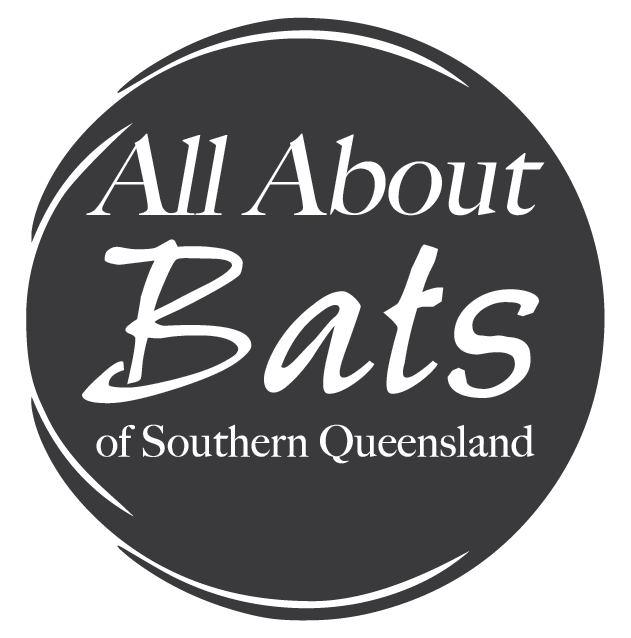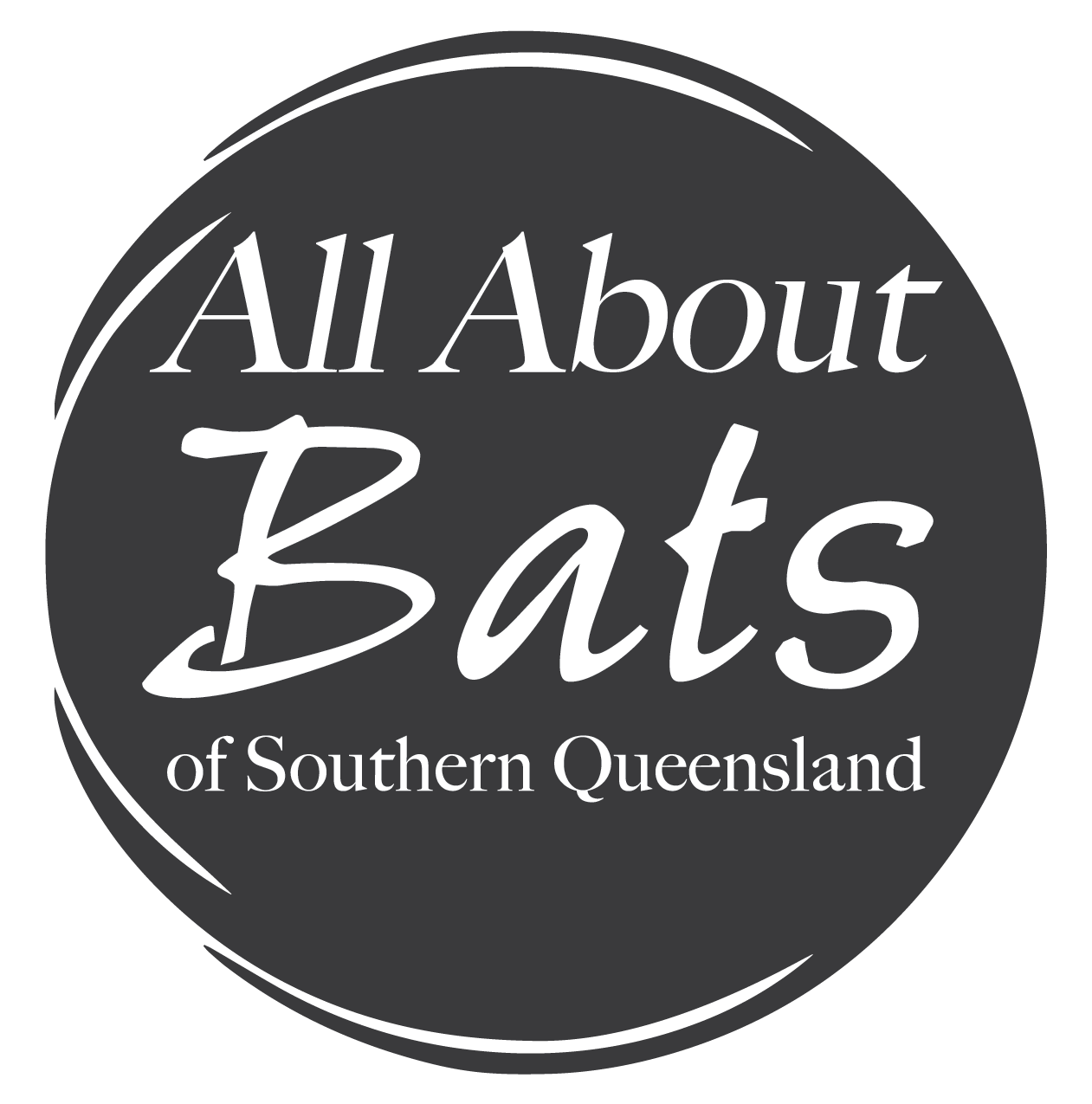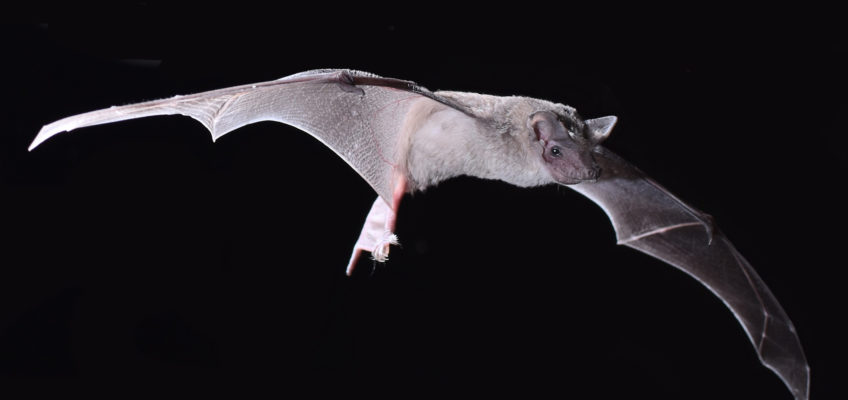Mormopterus petersi
This species has a flat head and body and is ranges in size from 45-56mm long (nose to tail).
The back fur is white at the base with light grey to light grey-brown tips, while the belly fur is a pale cream colour. The skin on their triangular ears, face and nose is pink to pale grey. This freetail bat’s top lip overhangs the lower one and has a fringe of stiff hairs. They are quite gentle to handle but will attack other bats aggressively in the wild or captivity.
Habitat
Their flat body shape enables Inland freetail bats to fit into tight cracks and fissures in trees, under bark, wooden posts, roof beams, under corrogated iron and in lengths of water pipes. Colonies of less than ten individuals are common and they will move roosts every few days. They inhabit more arid areas, particularly cypress pine woodlands, mallee, myall and mulga woodland, chenopod shrublands and grasslands. They can fly fast but are not very manouverable and will land on the ground or tree trunks to chase crawling prey. They eat flies, winged ant and wingless ants.
Breeding
A single young is born between November and December.
Predators and Threats
Hawks and owls. Loss of tree roosts, land clearing, roost disturbance and modified fire regimes.
Photo: Terry Reardon
Sources:
Churchill, S. (2008) Australian Bats (2nd Edition). Allen and Unwin, Sydney.
Hall, L. (2009) Bats, A Wild Australia Guide. Steve Parish Publishing, Queensland.
Atlas of Living Australia


